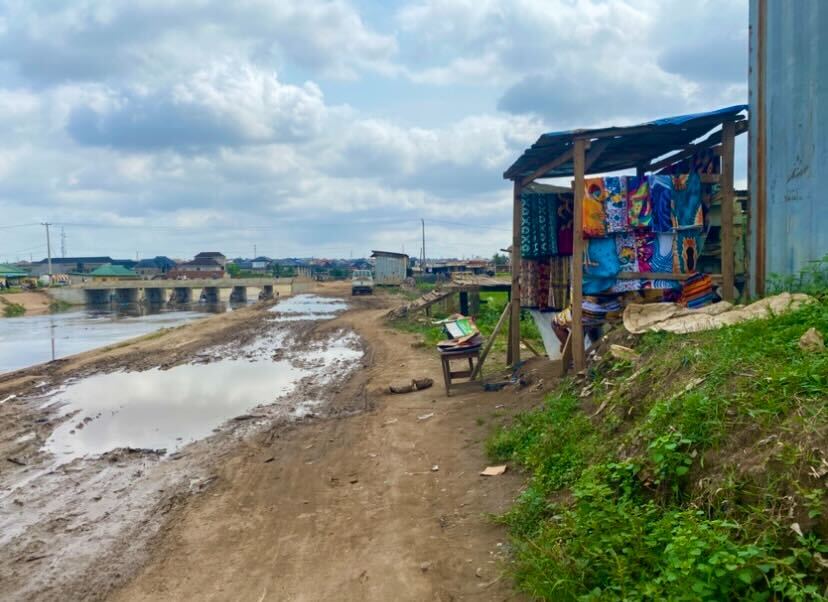A newly published actuarial study has outlined a revised approach to reinsurance design that could help African insurers better withstand major shocks such as floods, pandemics, and economic crises.
The research, led by actuarial scientist Dr. Ernest Aboagye, questions the continued reliance on traditional stop-loss contracts that transfer aggregate losses to reinsurers once claims exceed a set threshold. Instead, the study proposes an updated framework based on excess-of-loss (EoL) reinsurance, paired with a flexible method for setting retention levels.
Unlike conventional models, the proposed approach uses nonparametric statistical techniques to adjust for local pricing structures, data limitations, and regulatory requirements. Dr. Aboagye argues that this makes it more practical for African markets, where historical data is often incomplete and insurers face unpredictable risks from climate events and other shocks.
Reinsurance, though rarely visible to the public, plays a critical role in stabilizing insurance markets by spreading large risks across multiple parties. In Africa, where insurance penetration remains relatively low and exposure to natural disasters is rising, balancing the cost of reinsurance with retained risk has become an increasing challenge for local firms.
According to the study, excess-of-loss arrangements may offer advantages for insurers operating with limited data, since they focus on individual large claims rather than the total annual loss. This could make risk-sharing agreements easier to price and administer in markets where complete claims histories are difficult to compile.
The model’s design aligns with recent regulatory trends. Insurance regulators in countries such as Kenya and Nigeria are shifting toward risk-based capital frameworks, which require insurers to test their ability to remain solvent under severe scenarios. The proposed approach offers a method for recalibrating coverage levels based on actual risk distributions and local market realities.
Dr. Aboagye suggests that the model’s flexibility could extend beyond traditional sectors like agriculture and health. Industries such as energy, transport, and infrastructure could also use the framework to set more precise reinsurance terms for large-scale projects exposed to climate and operational risks.
The report comes as Africa’s reinsurance sector continues to expand. Established players including WAICA Re, Africa Re, and Ghana Re are being joined by regional and specialized reinsurers such as ZEP-RE and African Risk Capacity. Analysts say the adoption of more data-driven risk-sharing structures could strengthen market resilience and help the region respond to increasingly complex risk patterns.
Speaking on the study’s wider implications, Dr. Aboagye noted that the model aims to support insurers and regulators in building systems that reflect local conditions, rather than depending solely on imported actuarial assumptions.
Reinsurance experts expect that as African economies grow and insurance rules tighten, improved risk modeling could play a central role in safeguarding both firms and policyholders against future shocks.






